Public art pioneer: Poul Gernes at Louisiana Museum of Modern Art
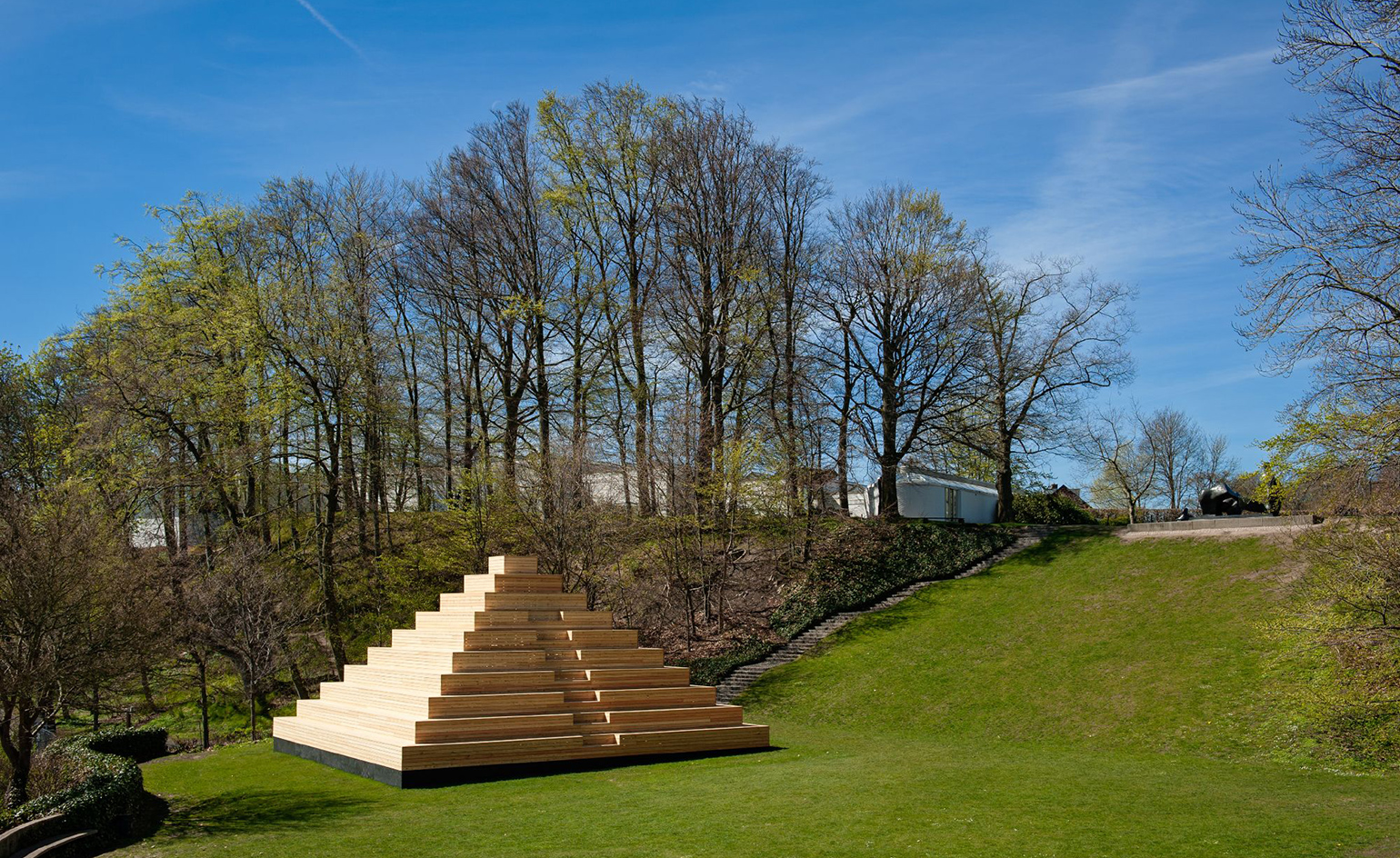
Danish constructivist Poul Gernes and the Louisiana Museum of Modern Art in Denmark have had a fractious relationship over the years. In 1970, during the now scandalised 'Tabernakel' exhibition, 'Gernes and three close allies of the Experimental School drove a Trojan horse into a temple of modernist sensibilities', explains current curator Anders Kold. 'They provoked founder Knud W Jensen into deciding whether this was a museum or an art centre. As we know, he chose the former.'
Perhaps because of this, the relationship between artist and art-institution lay dormant for decades. In fact, Gernes all but turned his back on galleries, switching his attention to public, interactive art. Now, 20 years after his death, the museum is burying the hatchet and revisiting Gernes' work.
Gernes is best known for large-scale art displays and decorations of public institutions, including the Herlev Hospital (which took almost a decade of the artist's time), and the Palads cinema on Copenhagen's Axeltorv. Louisiana's new exhibition, aptly named 'I cannot do it alone – want to join in?', covers this facet of Gernes' ouevre, as well as including smaller works and an impressive scale model of the unrealised The Pyramid, which was intended for the Israels Plads public square in Copenhagen in 1967.
The hope of the exhibition, explains Kold, is to follow Gernes' work not sequentially but as 'a mix of attitudes, brushstrokes, circles and hammer blows, systems and collages, as well as expressing Gernes' lifelong effort to make the world better and more beautiful with art'. But, he admits, including such an eclectic range of media and styles wasn't easy, 'and nor should it have been. Only by confronting and potentially entangling yourself with each dimension of Gernes' work can you get a true sense of it.'
Not only is the collection diverse, it is extensive. 'The other day an esteemed colleague from abroad came to view the exhibition,' Kold says, 'and she assumed that one whole gallery full of work by Gernes was another show – a group exhibition.'
It's easy to see why this assumption was made, when looking through the paintings on toilet seats, to the intricate collages and room-sized immersive installations. If Kold's intention was to 'provide an opportunity to think anew about the contributions of the artist', this thorough showcase is a great place to start.

Twenty years after his death, the museum is revisiting Gernes' work, burying the fractious relationship the artist had with the museum. Pictured: Untitled, 1962
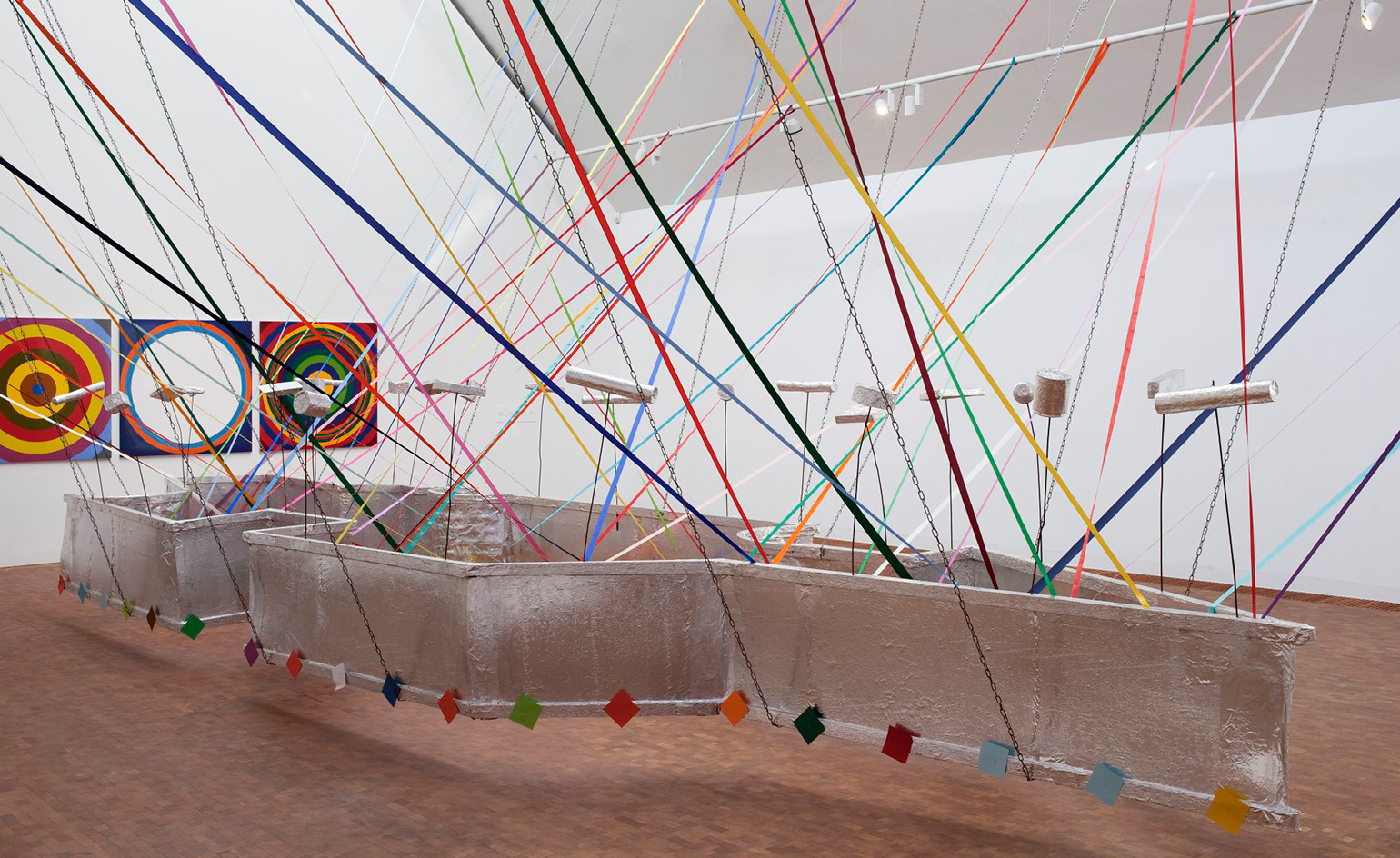
Gernes is best known for his large-scale art displays and commissions to decorate public buildings and institutions, including the Herlev Hospital and the Palads cinema on Axeltorv, Copenhagen. Pictured: Untitled, 1992.

The intention, explains curator Anders Kold, is to follow Gernes' work not sequentially but as 'a mix of attitudes, brushstrokes, circles and hammer blows, systems and collages, as well as a lifelong effort to make life better and more beautiful with art'. Pictured: Untitled, 1992.
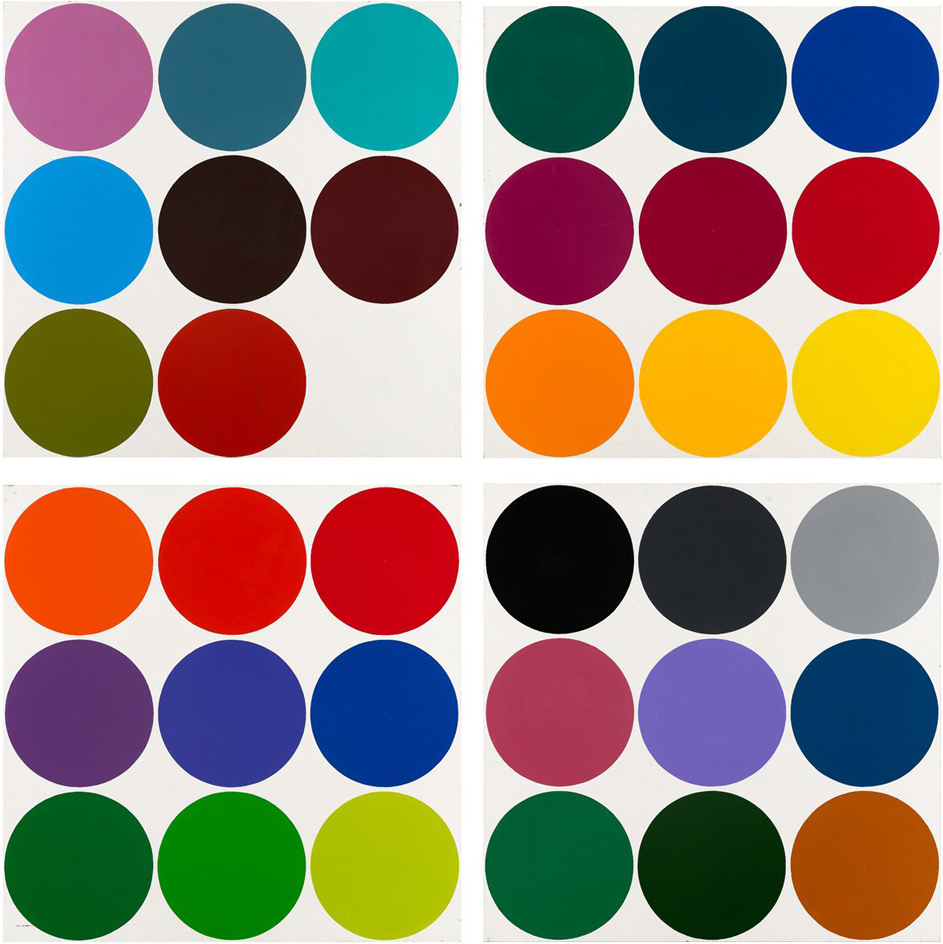
The collection is extensive. 'The other day an esteemed colleague from abroad came to view the exhibition,' Kold says, 'and she assumed that one whole gallery full of work by Gernes was another show – a group exhibition.' Pictured: Untitled (Dot Painting), 4 parts, 1968
INFORMATION
’Poul Gernes: I cannot do it alone – want to join in?’ is on view until 16 October. For more information, visit the Louisiana Museum of Modern Art’s website
Photography courtesy Louisiana Museum of Modern Art
ADDRESS
Louisiana Museum of Modern Art
Gammel Strandvej 13
DK 3050 Humlebæk
Receive our daily digest of inspiration, escapism and design stories from around the world direct to your inbox.
Elly Parsons is the Digital Editor of Wallpaper*, where she oversees Wallpaper.com and its social platforms. She has been with the brand since 2015 in various roles, spending time as digital writer – specialising in art, technology and contemporary culture – and as deputy digital editor. She was shortlisted for a PPA Award in 2017, has written extensively for many publications, and has contributed to three books. She is a guest lecturer in digital journalism at Goldsmiths University, London, where she also holds a masters degree in creative writing. Now, her main areas of expertise include content strategy, audience engagement, and social media.
-
 This cult Los Angeles pop-up restaurant now has a permanent address
This cult Los Angeles pop-up restaurant now has a permanent addressChef Brian Baik’s Corridor 109 makes its permanent debut in Melrose Hill. No surprise, it's now one of the hardest tables in town to book
-
 French bistro restaurant Maset channels the ease of the Mediterranean in London
French bistro restaurant Maset channels the ease of the Mediterranean in LondonThis Marylebone restaurant is shaped by the coastal flavours, materials and rhythms of southern France
-
 How ethical is Google Street View, asks Jon Rafman in Copenhagen
How ethical is Google Street View, asks Jon Rafman in CopenhagenIn 'Report a Concern - the Nine Eyes Archives' at Louisiana Museum of Art, Copenhagen, Jon Rafman considers technology's existential implications
-
 How ethical is Google Street View, asks Jon Rafman in Copenhagen
How ethical is Google Street View, asks Jon Rafman in CopenhagenIn 'Report a Concern - the Nine Eyes Archives' at Louisiana Museum of Art, Copenhagen, Jon Rafman considers technology's existential implications
-
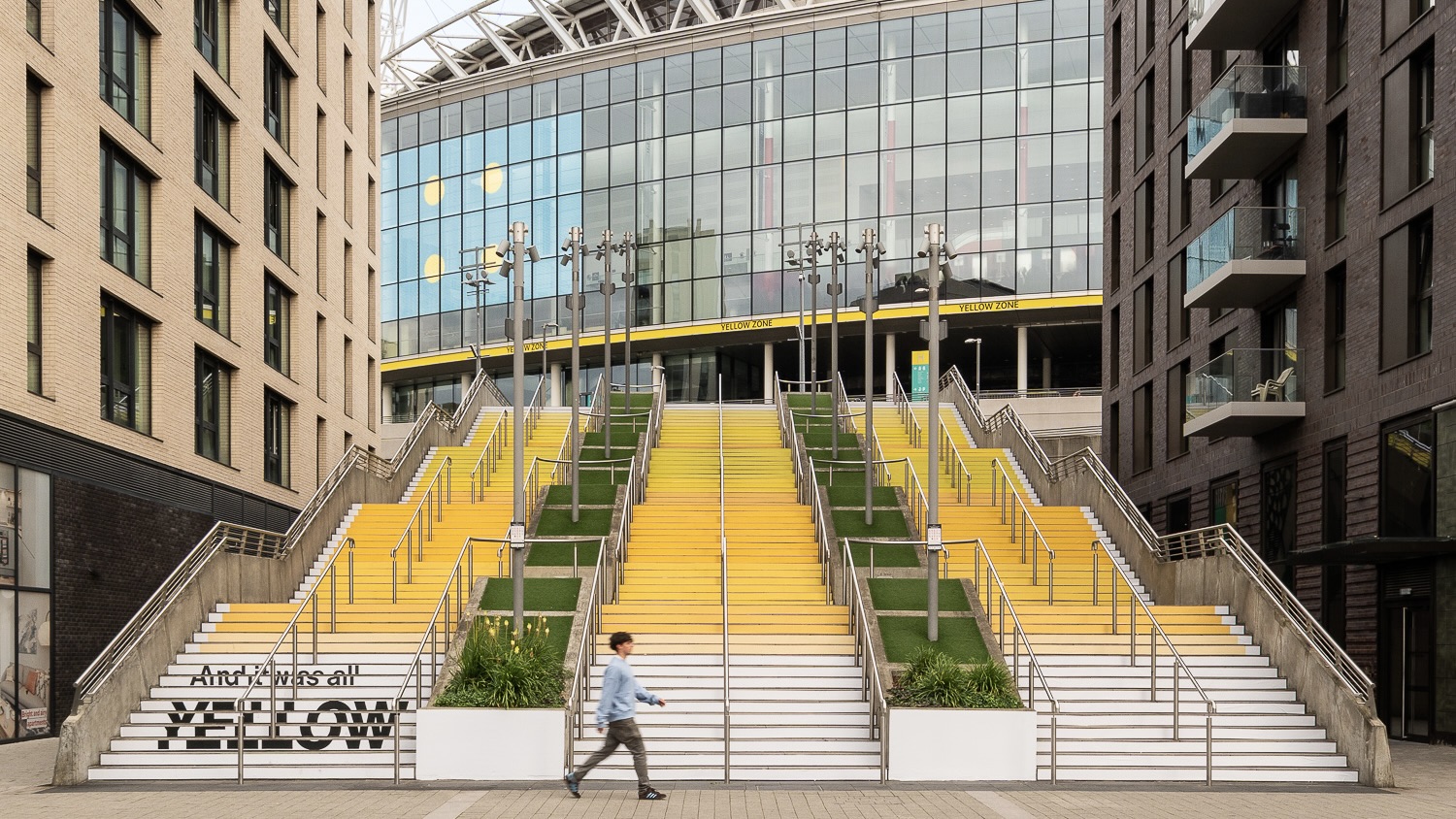 Pantone’s new public art installation is a tribute to Coldplay’s ‘Yellow’, 25 years after its release
Pantone’s new public art installation is a tribute to Coldplay’s ‘Yellow’, 25 years after its releaseThe colour company has created a – you guessed it – yellow colour swatch on some steps in Wembley Park, London, where the band will play ten shows this month
-
 Out of office: the Wallpaper* editors’ picks of the week
Out of office: the Wallpaper* editors’ picks of the weekSummer holidays are here, with Wallpaper* editors jetting off to some exceptional destinations, including highly recommended Mérida in Mexico. Then it’s back to work, or, for one editor, back to school…
-
 Inside Valdemars Slot, where Baroque surroundings meet contemporary art
Inside Valdemars Slot, where Baroque surroundings meet contemporary artThis Danish palace has been in the same family for 11 generations; now, its owner has transformed it into a very unique art destination
-
 Kaari Upson’s unsettling, grotesque and seductive world in Denmark
Kaari Upson’s unsettling, grotesque and seductive world in DenmarkThe Louisiana Museum of Modern Art in Denmark is staging the first comprehensive survey of late artist Kaari Upson’s work
-
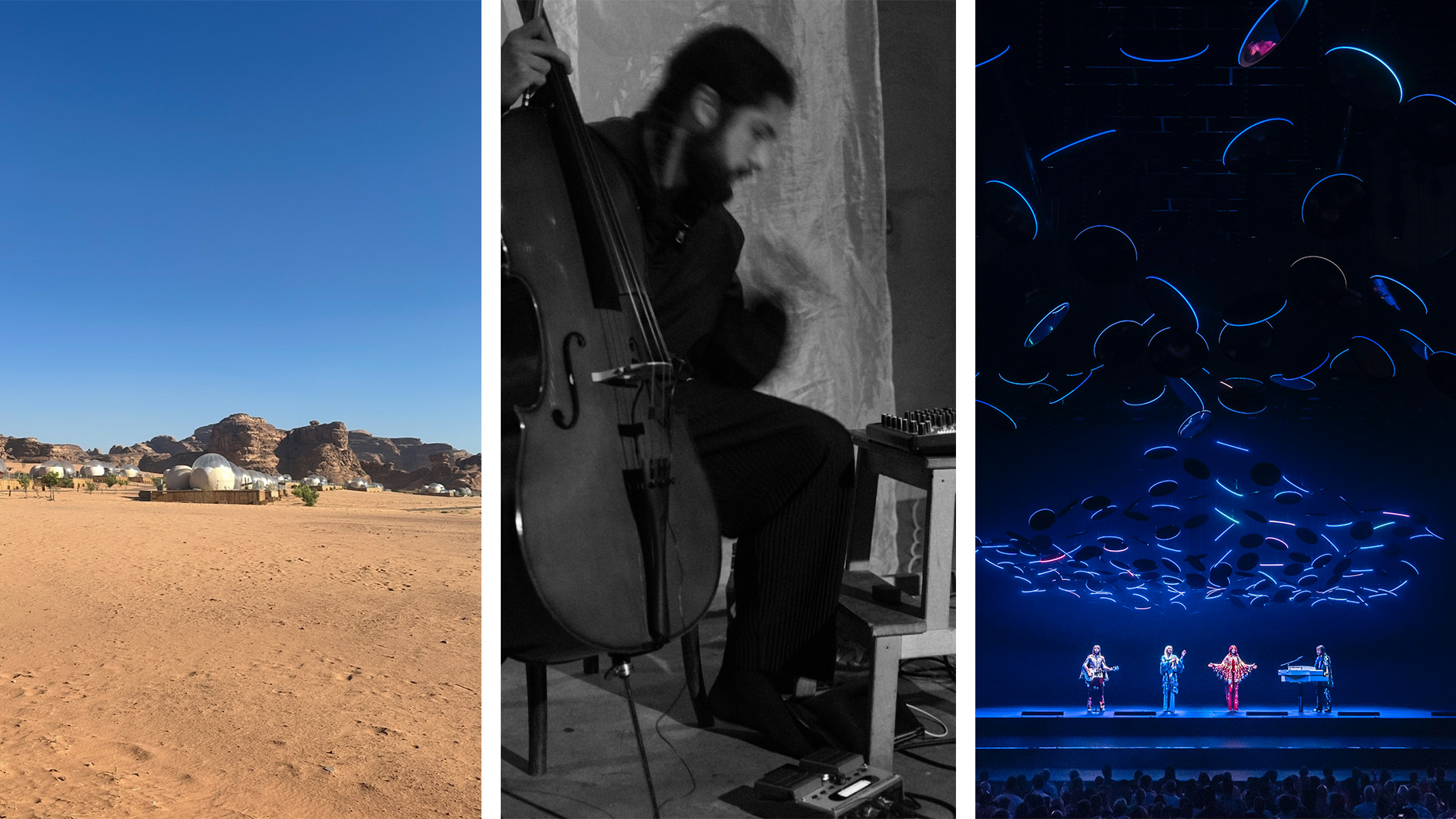 Out of office: what the Wallpaper* editors have been up to this week
Out of office: what the Wallpaper* editors have been up to this weekThis week saw the Wallpaper* team jet-setting to Jordan and New York; those of us left in London had to make do with being transported via the power of music at rooftop bars, live sets and hologram performances
-
 San Francisco’s controversial monument, the Vaillancourt Fountain, could be facing demolition
San Francisco’s controversial monument, the Vaillancourt Fountain, could be facing demolitionThe brutalist fountain is conspicuously absent from renders showing a redeveloped Embarcadero Plaza and people are unhappy about it, including the structure’s 95-year-old designer
-
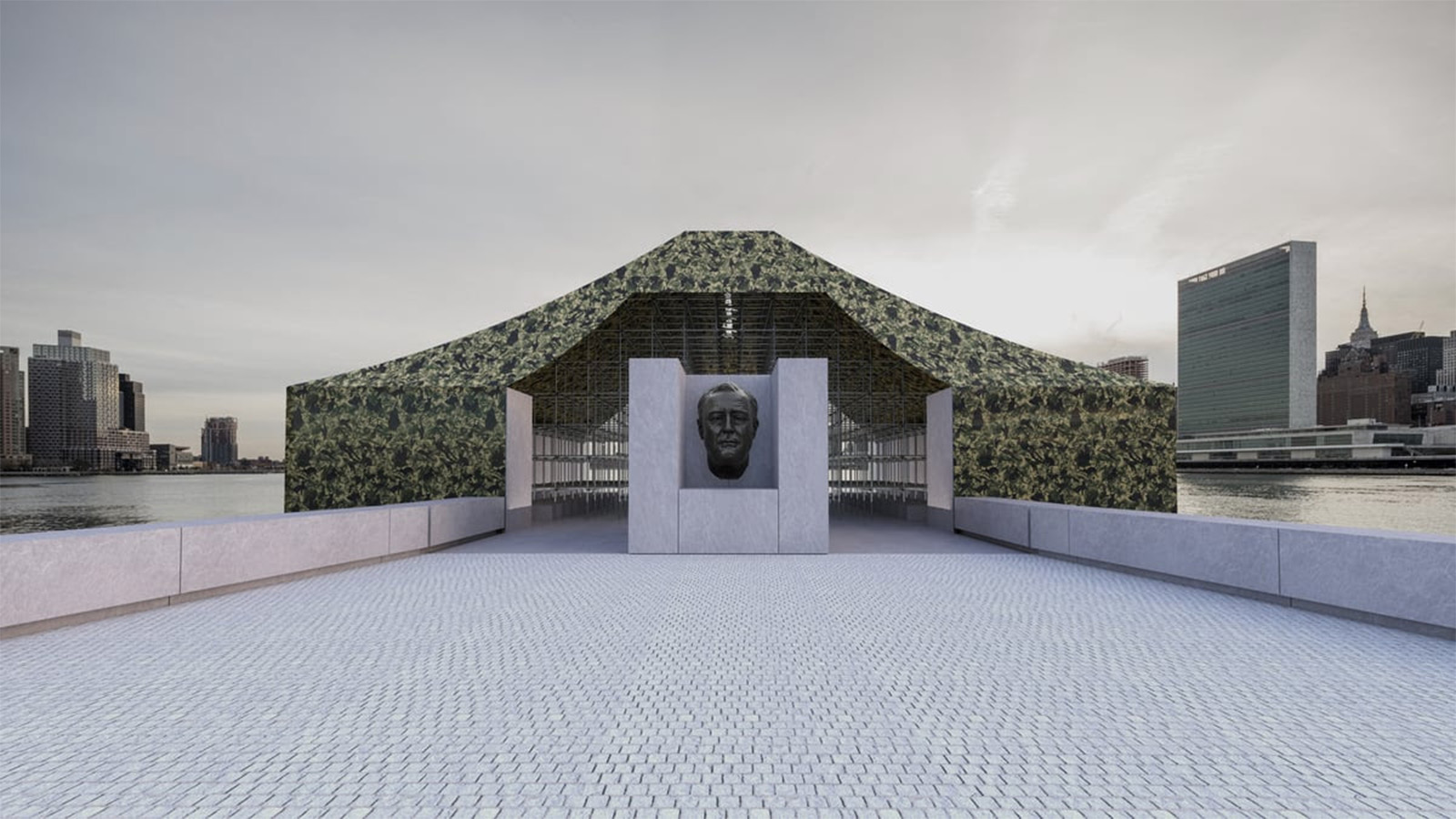 Ai Weiwei’s new public installation is coming soon to Four Freedoms State Park
Ai Weiwei’s new public installation is coming soon to Four Freedoms State Park‘Camouflage’ by Ai Weiwei will launch the inaugural Art X Freedom project in September 2025, a new programme to investigate social justice and freedom